Objectives of the service
The increasing adoption of drones for logistics, surveillance, and emergency response faces significant challenges related to safe navigation, landing precision, and integration into urban environments. Current solutions lack reliable automation for safe and efficient landings, increasing operational risks and limiting scalability.
This project addresses feasibility study for challenges by developing an Autonomous Drone Helipads for landing and Navigation System for Drones. The system leverages satellite-based GNSS and Earth observation data to enhance landing precision and situational awareness. It identifies and validates safe landing zones in real-time, reducing the risk of accidents, property damage, and disruptions in densely populated areas.
The solution is designed to support commercial drone operations, ensuring compliance with safety regulations while improving efficiency or logistic in closed areas and connect it with other logistic platforms.
The project aims to make important next steps for demonstrations the viability of automated drone navigation and landing systems, paving the way for widespread adoption in logistics, emergency services, and infrastructure monitoring. By integrating advanced spatial data and machine learning, it enhances the reliability and safety of autonomous drone operations, ultimately contributing to the broader acceptance of unmanned aerial vehicles in urban and industrial applications.
Users and their needs
The Drone Helipad Platform is designed for industrial areas, exhibition centers and organizations that require automated logistics using drones. It provides a standardized and precise landing solution, ensuring safe and efficient drone operations.
Logistics and supply chain operators rely on the Drone Helipad Platform to support automated drone-based deliveries, reducing dependence on traditional transportation and increasing efficiency in last-mile logistics.
Emergency response and public safety agencies need an automated landing infrastructure for drones deployed in time-sensitive operations such as search-and-rescue, medical supply transport, and disaster response. Surveying and mapping companies require a precise and stable landing solution to support drone delivery operation and infrastructure assessment.
Smart city initiatives focus on integrating drone-based logistics into urban environments, requiring designated helipad platforms for safe and organized drone traffic.
Service/ system concept
The E2E Drone Delivery Platform is a comprehensive solution that streamlines automated drone-based deliveries through real-time landing coordination, package tracking, and destination verification. It integrates automated logistics updates, weather data, and operational insights to enable precise drone landings and seamless incorporation into existing workflows, ensuring secure and efficient transport.
The platform is built around three key components. First, the Helipad Infrastructure, which is equipped with sensors, cameras, and communication interfaces that assist drones during approach and landing. Second, a Cloud Based Management System processes real-time data from weather stations, video feeds, and drone telemetry, ensuring secure operations via encrypted channels. Finally, the User Dashboard provides operators with live monitoring, historical flight data, and detailed system analytics through an intuitive web interface.
By combining these elements, the Drone Helipad Platform not only guarantees safe and efficient drone landings but also delivers reliable, real-time data for effective decision-making, making it a scalable and efficient solution for modern automated logistics.
Space Added Value
The Drone Helipad System utilizes space assets to enhance the accuracy and reliability of drone landings in various operational environments.
Satellite Navigation (GNSS) plays a crucial role in ensuring precise positioning of drones during their final approach and landing. By leveraging multi-constellation GNSS signals, the system reduces positional errors and provides a stable landing reference point, even in challenging environments such as industrial zones, remote locations, or areas with limited ground infrastructure.
Earth Observation Data, including Copernicus Urban Atlas data, contributes to site selection and operational efficiency by analyzing terrain characteristics, environmental conditions, and potential obstructions. The Copernicus Urban Atlas provides high-resolution land use and land cover data, enabling a detailed assessment of urban infrastructure and open spaces to identify optimal helipad placement. By incorporating this data, the system ensures safe landing conditions, improves operational safety, and reduces risks associated with unpredictable urban environments.
Compared to existing methods that rely on visual markers, ground-based navigation aids, or manual control, the integration of space-based technologies enhances precision and reliability. The use of GNSS and Earth Observation data allows the Drone Helipad System to function effectively in a variety of conditions, supporting drone operations in industries such as infrastructure monitoring, emergency response, and environmental research. By incorporating space assets, the system provides a scalable and dependable landing solution for professional drone applications.
Current Status
Use photos, maps or screen grabs in this section.


The Drone Helipad System has successfully completed initial design and validation phases, incorporating GNSS based positioning and Copernicus Urban Atlas data for site selection. Prototype testing was conducted in collaboration with industry partners ensuring the system meets operational requirements for safe and precise drone landings.
The project is planned to continue in the demonstration phase, with helipad installations being evaluated in real world conditions at selected test. These trials include performance assessments under different environmental conditions and urban settings to validate system reliability.
Upcoming activities include further refinements based on test results, integration with additional drone platforms, and engagement with stakeholders for broader implementation. The system's compliance with aviation safety standards is also being reviewed to facilitate regulatory approval. The next phase will focus on scalability and commercialization, ensuring the Drone Helipad Platform is ready for deployment across various industries requiring precise drone landing infrastructure.



